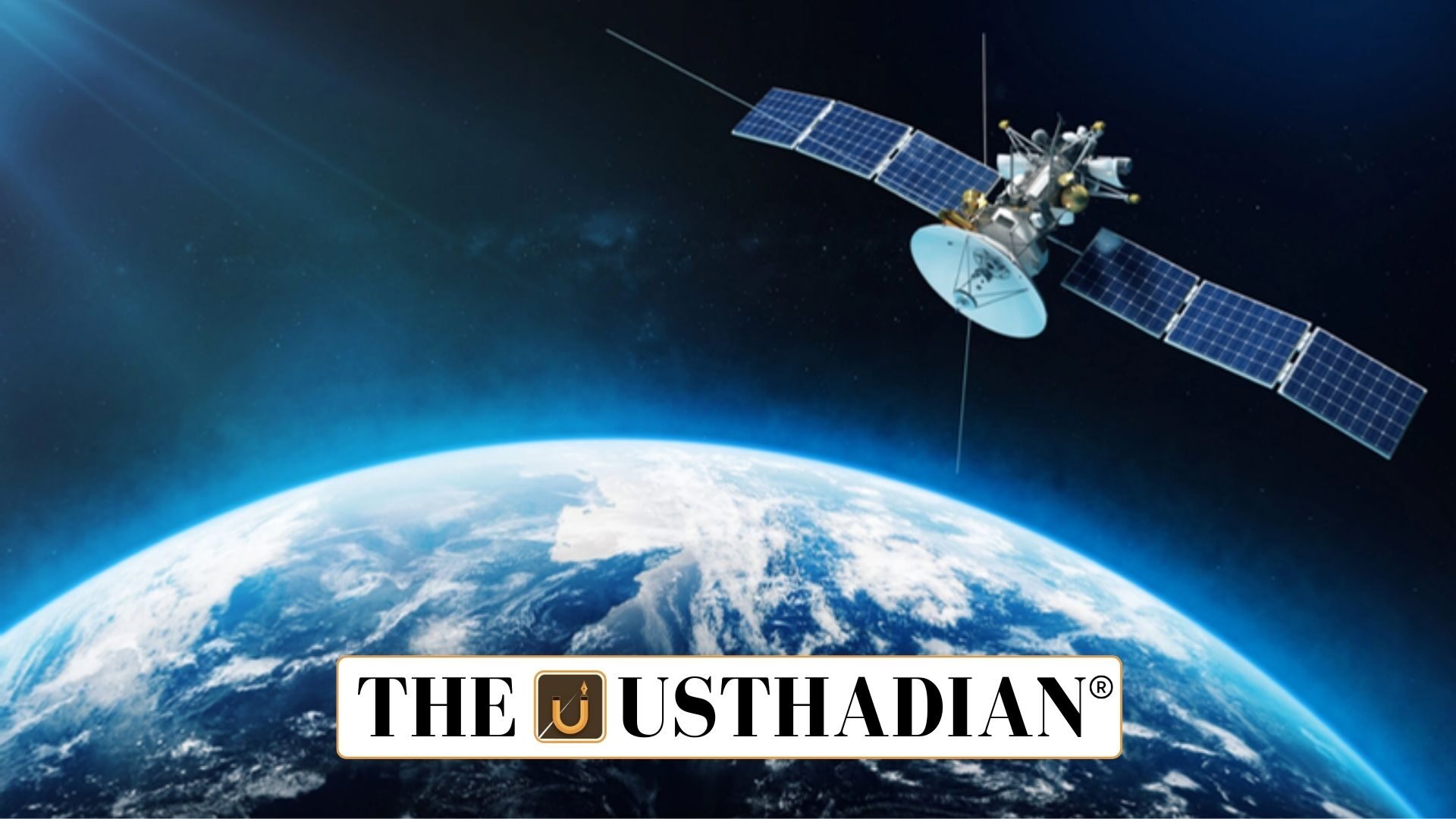Vision of Vishwabandhu Bharat
India’s Space Experiments as the Path to Vishwabandhu Bharat: India’s space programme reflects the philosophy of Vishwabandhu, positioning the country as a global partner in science and technology. Through innovative missions and open knowledge-sharing, India seeks to serve humanity while advancing national capabilities.
Static GK fact: The word Vishwabandhu means “friend of the world,” an ancient Indian idea rooted in the principle of Vasudhaiva Kutumbakam.
Global Collaboration
Projects like the NASA-ISRO Synthetic Aperture Radar (NISAR) highlight India’s commitment to scientific partnership. Termed as “India’s scientific handshake with the world,” NISAR ensures global cooperation in earth observation by aligning with international docking and interoperability standards.
Static GK Tip: NISAR will be the first radar imaging satellite to use dual frequencies—L-band and S-band.
Open Access to Space Data
India champions the democratisation of data, allowing scientists across the globe to access earth observation resources. This model aids developing nations in agriculture, climate studies, and hazard forecasting. By treating space as a global commons, India strengthens its identity as a knowledge contributor.
Tackling Global Challenges
Space-based monitoring plays a crucial role in disaster management, glacier tracking, crop yield estimation, and climate monitoring. India’s cost-effective satellites provide solutions to shared problems like floods, cyclones, and environmental degradation.
Static GK fact: The Indian National Remote Sensing (IRS) programme began in 1988 with IRS-1A, one of the largest civilian remote sensing programmes in the world.
Diplomatic Leverage through Space
India uses space cooperation to build global partnerships in technology sharing, capacity building, and sustainable growth. The NAVIC navigation system is already aiding regional security and trade. Such initiatives enhance India’s space diplomacy and strengthen its global role.
Low-Cost Technological Prowess
The Indian Space Research Organisation (ISRO) is renowned for developing complex space systems at minimal cost. Missions like Mangalyaan and Chandrayaan proved India’s efficiency in deep space exploration, building credibility for future international collaborations.
Static GK Tip: India’s Mangalyaan (Mars Orbiter Mission) cost about ₹450 crore, less than the budget of many Hollywood movies.
Major Space Initiatives Ahead
India is pursuing ambitious projects to extend its leadership in space. The Bharatiya Antariksh Station (BAS) is targeted for 2035, creating a permanent Indian presence in orbit. By 2040, India aims to place an astronaut on the Moon.
The Gaganyaan mission will send Indian astronauts to Low Earth Orbit, with advanced tests of the Crew Escape System and the humanoid robot Vyommitra. These steps strengthen India’s vision of being a Vishwabandhu Bharat in space exploration.
Static Usthadian Current Affairs Table
India’s Space Experiments as the Path to Vishwabandhu Bharat:
| Topic | Detail |
| Vishwabandhu | Ancient Indian concept meaning “friend of the world” |
| NISAR Mission | Joint NASA-ISRO Earth observation satellite using dual-frequency radar |
| Open Data Policy | India allows global researchers to access satellite data |
| Global Commons | India contributes knowledge and data for universal benefit |
| NAVIC | India’s regional navigation system aiding transport and security |
| Bharatiya Antariksh Station | Planned Indian space station by 2035 |
| Crewed Lunar Mission | Targeted Indian astronaut landing on Moon by 2040 |
| Gaganyaan | Human spaceflight mission with Crew Escape System and Vyommitra |
| ISRO Innovation | Low-cost missions like Mangalyaan showcase efficiency |
| IRS Programme | World’s largest civilian remote sensing programme launched in 1988 |








